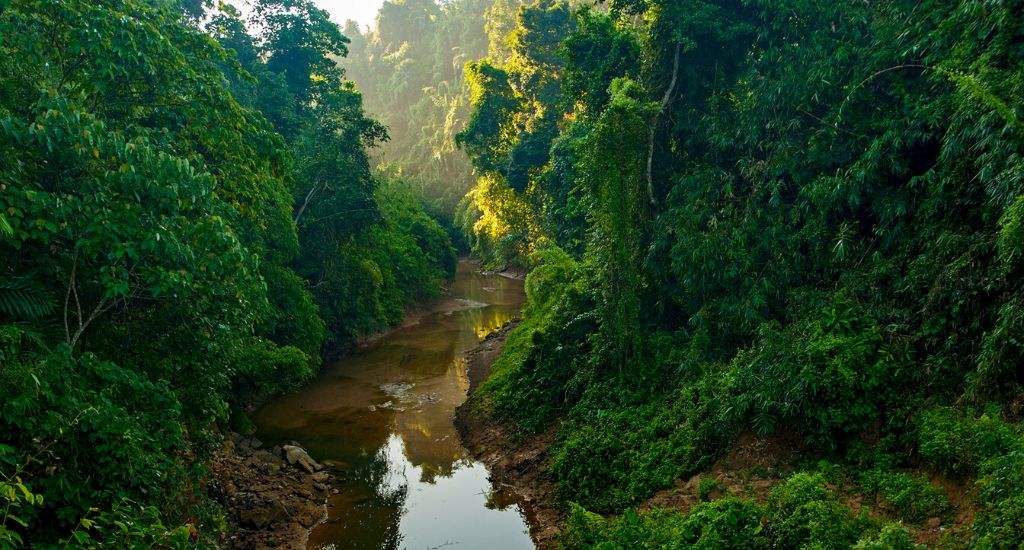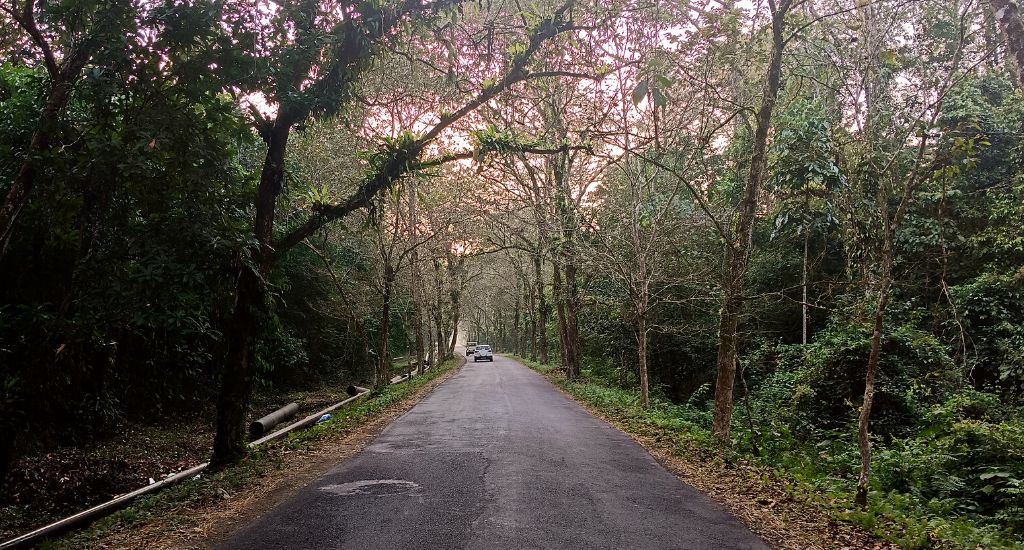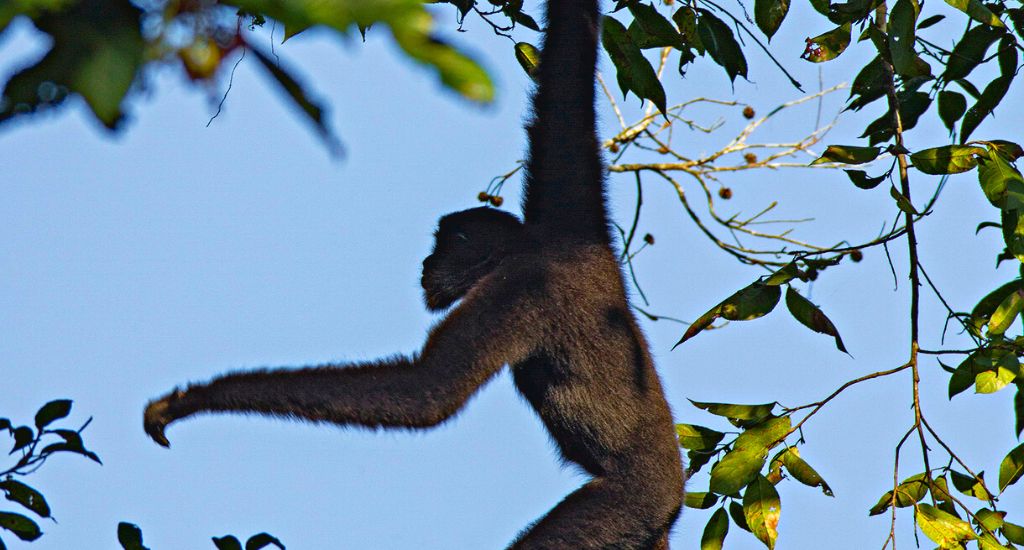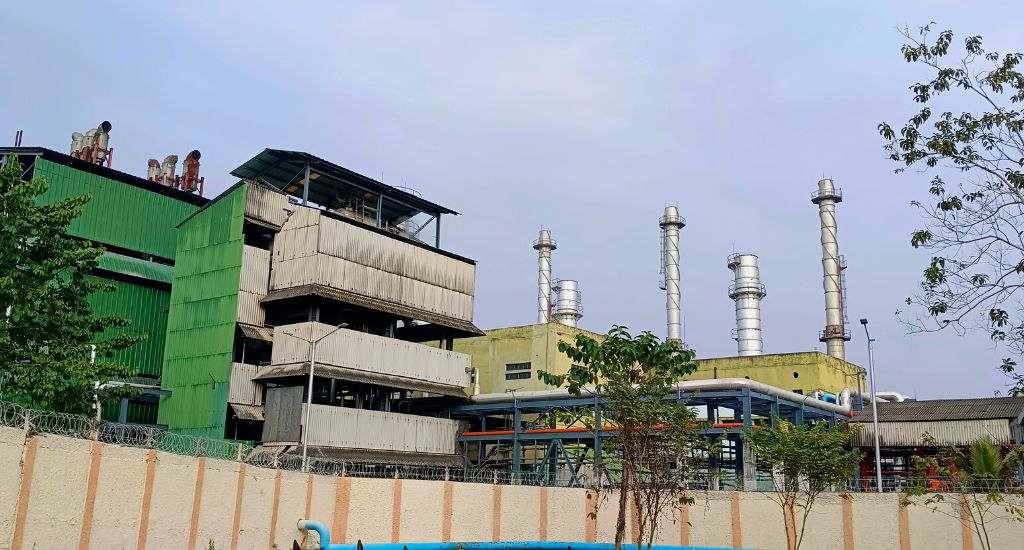
Assam’s wildest jungle safari
Nature lives in its full glory in Dehing Patkai, but illegal logging and coal mining are pushing the virgin jungle to the brink.

Nature lives in its full glory in Dehing Patkai, but illegal logging and coal mining are pushing the virgin jungle to the brink.
Behind Deepmala Das’s home in eastern Assam stands a vast rainforest so deep that the tropical sun struggles to squeeze through the close-packed canopy and touch the moist soil.
This 232-square-km expanse is the Dehing Patkai national park, a relatively new designation given to a primal tree-hugging landscape that shows up in every shade of green.
Barjan, a sleepy village and home to 38-year-old Deepmala, sits on the edge of the largest lowland evergreen forest in India – the Dehing Patkai biosphere that spreads over 900 square km, stretching from three Assam districts to the India-Mynamar border in neighbouring Arunachal Pradesh.
The people living here bet on tourism and scored big in recent years.
Visitors flocked here to take day trips into the jungle or admire the scenery while sipping tea – this is Assam’s original chai country where the British found the first plantations after discovering in 1823 that the native Singpho tribe brewed smoked leaves from a wild tea tree.
“People come here to enjoy the natural beauty of the forest, especially in winters. I earn a respectable income as tourists take a brief stop to enjoy the morning mist,” said Deepmala.

But is it worth the trouble to foray into the deep interiors of forests far removed from civilization and filled with ghoulish tales just for a cup of tea? Yes, beyond the mist, it’s a land of surreal beauty, with 20 reserve forests and a national park.
Also Read | The travails of India’s forest dwellers
Also called the Amazon of the East, it got its name from the Dehing river and the Patkai range that forms a natural barrier between India and Mynamar.
Tour me out
Located 2.5 hours from the nearest airport in Dibrugarh, this forest is an ideal area for adventure, scientific, academic, volunteer, and educational tourism, while allowing people to admire the formidable fauna and flora of the region.
The sanctuary surprises its visitors with its ferns, orchids, vines (some thicker than a person’s arm) and evergreens like Assam’s state tree Hollong. It is the last remaining dipterocarp-dominated lowland rainforest.
Dipterocarp? A large genus of tall trees like Hollong, ranging from India to the Philippines—harvested indiscriminately to near-extinction for resin and timber.
Dehing Patkai is home to nearly 50 species of mammals, 47 reptiles, 310 butterflies and 293 birds, among them the Asian elephant, the Royal Bengal tiger, the elusive clouded leopard, the Hoolock gibbon, a primate, and Assam’s state bird the white-winged wood duck stand out. Many are yet to be recorded, discovered.
With its dense jungles and cloud forests teeming with wildlife, this pristine place has become one of India’s best-known ecotourism destinations – a can’t-miss spot that offers hiking, jungle and river trips, alongside medicinal plant and gastronomy tours.
Hundreds of trees have been felled in the past years, especially the Hollong. Forests are being cleared for open cast coal mining. The rainforest is on the brink
These are run by a network of indigenous guides who stamp their cultural identity on the expeditions. The best time to visit is winter through spring. Dehing Patkai does not have government-owned safari jeeps, but hired or private vehicles are allowed.
Tourists, who often have little knowledge of indigenous culture, have so far made up the visitors who come to find out more about the relatively isolated land.
Many locals are involved in eco-tourism projects—from running safari lodges to giving tours or selling traditional produce and handicrafts. Tourism here extends beyond hordes of weekend warriors sapping its unspoiled charm.
Also Read | Jungle Warriors: Odisha women set up jungle huts to save forests
There is a forest department bungalow for visitors. Tourists often stay with local families in thatched wooden homestays to absorb local traditions. Locals offering trips or cultural demonstrations are learning English to help bring in more international tourists.

Deepmala said the government should build more guesthouses near the forest and advertise these through the media to attract more tourists, which can deliver a bigger slice of income from ecotourism directly to local women.
“They have no other way to eke out a living other than raising chickens or growing crops,” she said.
The cruel cut
This is also the land of oil, coal and tea. The British established the oil town Digboi and commissioned the country’s first refinery in 1901, after an elephant showed up with greased legs and a burra shahib commanded his attendants in excitement: “Dig, boy. Dig, boy.”
The British also drove the mattock into the soft soil to extract coal in nearby Ledo. They felled trees to make railway sleepers.

Nature’s exploitation continues even today, with illegal collieries, logging and poaching keeping those protecting the rainforest on their toes.
“Hundreds of trees have been felled in the past years, especially the Hollong. Forests are being cleared for open cast coal mining. The rainforest is on the brink,” said Devajit Moran, a local environmentalist.
Also Read | She wanted to become a forest officer since childhood. Now she is an IFS officer
The divisional forest officer TC Ranjith Ram assured, however, that strict action is being taken against illegal activities inside the forest.
The locals know the value of trees, and also know the forest better than anyone else.
Guides accompanying a steady trickle of tourists keen to trek across the lush forests help patrol the trails to keep poachers away and remove animal traps.
The lead image at the top shows the dense jungles and cloud forests that make Dehing Patkai one of India’s best-known ecotourism destinations. (Photo by Dhritiman Mukherjee, Nature Wildlife and Conservation Photographer)
Gurvinder Singh is a journalist based in Kolkata.